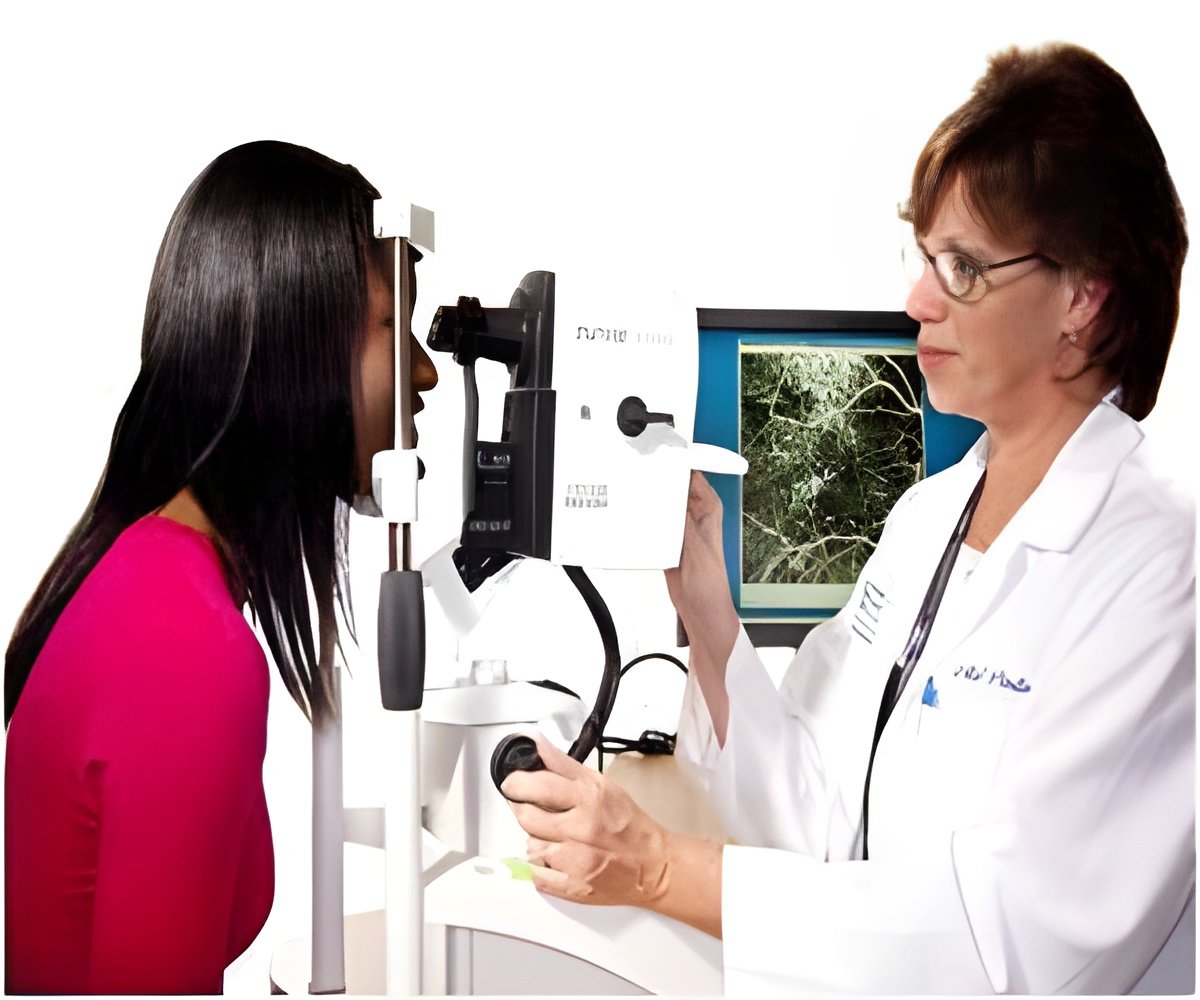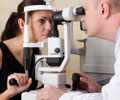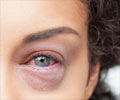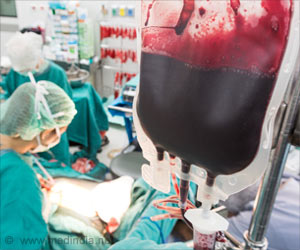New diagnostic technique can isolate responses from the different retinal cells such as S-cone photoreceptors. Types 1 and 2 diabetes, glaucoma and high blood pressure and some rare genetic disorders may affect the S-cones.

‘New diagnostic technique can isolate responses from the different retinal cells such as S-cone photoreceptors that respond to light of short wavelengths which help us see the blue part of the color spectrum.’





Diseases that affect S-cones include Types 1 and 2 diabetes, glaucoma and high blood pressure and some rare genetic disorders, such as enhanced S-cone syndrome and blue cone monochromatism.S-cone photoreceptors respond to light of short wavelengths and help us see the blue part of the color spectrum. However, it is difficult to test their function independently of the other types of photoreceptor in the eye: L-cone (long wavelength covering the red spectrum), M-cone (medium wave-length covering the yellow and green spectrum) and rod photoreceptors, that help us see when light levels are low.
Study lead, Dr. Declan McKeefry, from the University of Bradford's School of Optometry conducts clinical diagnostics of vision disorders for the NHS. He says: "Diagnosis of some eye diseases can be difficult as they have similar symptoms, such as blurred or distorted vision and inability to see color, and often a variety of genetic causes.
Understanding exactly which cells are affected in the eye can be the key piece of the jigsaw that enables an accurate diagnosis, but until now, it's been almost impossible to test the function of the S-cones separately."
The standard method of diagnosis involves flashing lights at the eye and measuring the response using an electroretinogram (ERG) - similar to an ECG used to measure heart activity. But because this picks up responses from all the retinal photoreceptors, it can mask certain diseases where S-cones are disproportionately affected.
Advertisement
He tested the technique on 16 volunteers with normal color vision, two patients previously diagnosed with blue cone monochromatism (BCM) and one patient who has enhanced S-cone syndrome (ESCS).
Advertisement
Dr. McKeefry's tests showed exactly the results that would be expected from these three types of volunteers - normal signals from all three cones in the healthy volunteers, no response from L- and M-cones in the BCM patients and an overactive response from the S-cones in the ESCS patient. Together, this showed that the responses from the S-cones were being picked up independently of the other cells, proving the technique could be used confidently for assessing S-cone activity or damage.
Dr. McKeefry says: "Because we know that there are no active L- and M-cones in BCM patients, this shows that our technique is effectively isolating the right photoreceptors, as we only got signals from the S-cones. This means we could use the technique to spot damage in the S-cones or an altered pattern, as in ESCS, which could help in the diagnosis of this condition."
While currently there are no treatments for BCM or ESCS, recent medical advances do hold out hope, as Dr. McKeefry explains: "Stem cell therapy has been shown to help restore eye function, so this is a route that holds potential for these rare genetic disorders. But for that kind of therapy to work, it's even more important to know which cells are affected by the disease, and triple silent substitution can help us to do that much more accurately."
Source-Eurekalert










